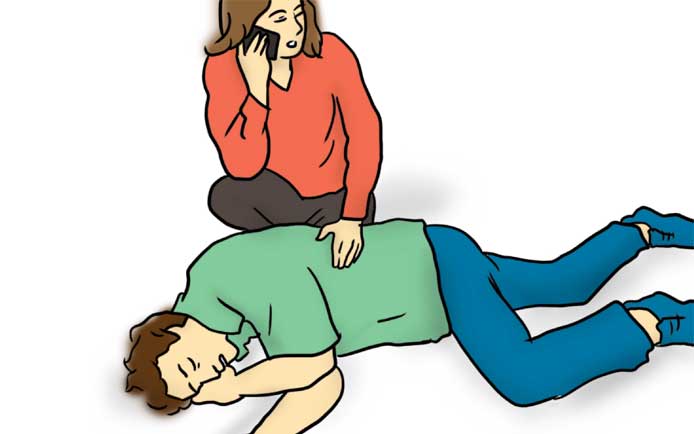When Somebody Faints in the Office

Fainting occurs when your brain temporarily doesn’t receive enough blood supply, causing you to lose consciousness. This loss of consciousness is usually brief.
If you feel faint
- Lie down or sit down:-To reduce the chance of fainting again, don’t get up too quickly.
- Place your head between your knees if you sit down.
If someone else faints
- Position the person on his or her back. If there are no injuries and the person is breathing, raise the person’s legs above heart level — about 12 inches (30 centimeters) — if possible. Loosen belts, collars or other constrictive clothing.
- To reduce the chance of fainting again, don’t get the person up too quickly. If the person doesn’t regain consciousness within one minute, call 108 or your local emergency number.
- Check for pulse. Check for carotid pulse in neck for less than 10 second and at the same time watch for chest movements for breathing .In case of feeble pulse or no pulse , begin CPR. Call 108 or your local emergency number. Continue CPR until help arrives or the person begins to breathe.
- If the person was injured in a fall associated with a faint, treat bumps, bruises or cuts appropriately. Control bleeding with direct pressure.
- If Pulse is there check the blood glucose with a glucometer. If sugar is less immediately give sugar with water to drink (anything sugary is fine)
**** ONLY FOR AN CONSCIOUS PERSON ,IF UNCONSCIOUS TAKE THE VICTIM TO HOSPITAL.
To read more on First Aid, click on the link below.



